Home>Maintenance & Safety>Pest Control Solutions>How Harmful Are Yellow Jackets?
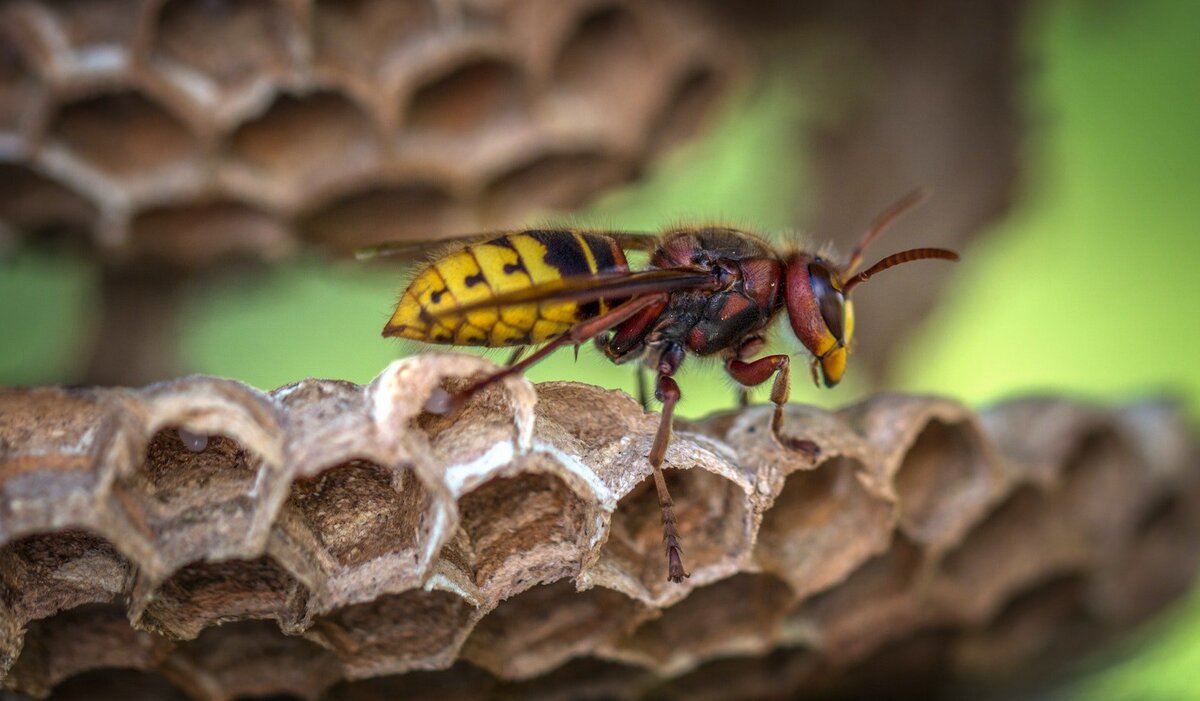

Pest Control Solutions
How Harmful Are Yellow Jackets?
Modified: March 2, 2024
Discover effective pest control solutions for dealing with the harmful impact of yellow jackets. Protect your home with expert advice and solutions.
(Many of the links in this article redirect to a specific reviewed product. Your purchase of these products through affiliate links helps to generate commission for Storables.com, at no extra cost. Learn more)
Introduction
Yellow jackets, known for their distinctive yellow and black markings, are a common sight during the warmer months. These aggressive insects are often mistaken for bees due to their similar appearance, but they possess unique characteristics that set them apart. As summer approaches and outdoor activities become more prevalent, it's essential to understand the potential risks associated with yellow jackets and how to effectively manage their presence.
Yellow jackets belong to the Vespidae family and are a type of predatory wasp. Their slender bodies and characteristic yellow and black stripes make them easily recognizable. Unlike bees, yellow jackets have a smooth stinger, allowing them to sting repeatedly, making encounters with these insects particularly hazardous.
As social insects, yellow jackets live in colonies with a well-defined social structure. Each colony consists of a queen, workers, and males. The queen is responsible for reproduction and oversees the development of the colony, while the workers are tasked with foraging for food, expanding the nest, and protecting the colony. Males, on the other hand, mate with the queen to ensure the survival of the colony.
Understanding the behavior and nesting habits of yellow jackets is crucial for effectively managing potential infestations. These insects are attracted to sugary substances and proteins, making outdoor gatherings and picnics prime locations for encounters. Additionally, their nesting habits can pose significant challenges, as yellow jackets often build their nests in underground burrows, wall voids, or other secluded areas, making them difficult to detect and remove.
In the following sections, we will delve deeper into the identification, behavior, health risks, prevention, and removal of yellow jackets, providing valuable insights to help you navigate potential encounters with these formidable insects.
Key Takeaways:
- Beware of Yellow Jackets!
Yellow jackets are aggressive wasps with smooth stingers, posing health risks, especially for those allergic to stings. Prevent infestations by managing food, sealing entry points, and seeking professional help. - Stay Safe from Yellow Jackets!
To avoid yellow jacket encounters, cover food, maintain outdoor spaces, and seal entry points. If dealing with nests, wear protective gear, remove at night, and consider professional assistance for large infestations.
Read more: How To Repel Yellow Jackets
Identification of Yellow Jackets
Yellow jackets, scientifically known as Vespula and Dolichovespula, are predatory wasps that belong to the Vespidae family. These insects are widely recognized for their distinctive yellow and black markings, which set them apart from other stinging insects. Measuring around 10-16mm in length, yellow jackets have a slender and smooth body, making them agile and capable of swift movements. Their characteristic black antennae and vibrant yellow markings on their abdomens and thoraxes make them easily distinguishable from other flying insects.
One of the key features that differentiate yellow jackets from bees is their smooth stingers, which allow them to sting repeatedly. This ability, combined with their aggressive nature, makes encounters with yellow jackets particularly hazardous. Unlike honeybees that die after stinging, yellow jackets can deliver multiple stings, posing a significant threat to individuals who inadvertently disturb their nests or foraging areas.
It's important to note that yellow jackets exhibit distinct variations in their physical appearance based on their role within the colony. The queen, responsible for reproduction and colony development, is typically larger than the workers and possesses a more robust build. Workers, on the other hand, are smaller in size and are primarily tasked with foraging for food, expanding the nest, and defending the colony. Males, also known as drones, are larger than the workers and can be identified by their lack of a stinger.
In summary, the identification of yellow jackets revolves around their slender bodies, smooth stingers, and vibrant yellow and black markings. Understanding these physical characteristics is crucial for distinguishing yellow jackets from other stinging insects and taking appropriate precautions to mitigate potential encounters.
Behavior and Nesting Habits
Yellow jackets are known for their aggressive behavior, particularly when their nests or foraging areas are disturbed. These social insects exhibit a strong sense of territoriality, vigorously defending their colonies against perceived threats. When agitated, they release alarm pheromones, signaling other members of the colony to join in the defense, often resulting in swarming behavior and multiple stings. It's essential to exercise caution and remain vigilant when in proximity to areas where yellow jackets are known to nest or forage.
Understanding the nesting habits of yellow jackets is crucial for effectively managing potential encounters and minimizing the associated risks. These insects are adept at constructing nests in a variety of locations, including underground burrows, wall voids, hollow trees, and even human-made structures such as sheds or attics. The versatility of their nesting sites makes it challenging to detect and remove these colonies without professional assistance.
Yellow jacket colonies typically begin in the spring when the queen emerges from hibernation and initiates nest construction. The queen selects a suitable site and begins building a small paper-like nest to lay her eggs. As the colony grows, the workers take over nest expansion and maintenance, diligently tending to the queen's offspring and defending the nest against potential threats.
The size of a yellow jacket colony can vary significantly, with larger colonies housing thousands of individuals. As the summer progresses, the colony's focus shifts to foraging for food to sustain the growing population. Yellow jackets are attracted to a wide range of food sources, including sugary substances such as fruit, nectar, and sodas, as well as proteins like meat and fish. This broad dietary preference often brings them into close proximity with human activities, increasing the likelihood of encounters.
It's important to note that yellow jackets can exhibit scavenging behavior, particularly during late summer and early fall when their natural food sources become scarce. This behavior can lead to increased interactions with humans, as they seek out alternative food supplies, potentially causing disruptions and safety concerns.
In summary, understanding the behavior and nesting habits of yellow jackets is essential for implementing effective management strategies. By remaining aware of their territorial nature and nesting preferences, individuals can take proactive measures to minimize the risk of encounters and ensure the safety of themselves and others in outdoor environments.
Health Risks Associated with Yellow Jackets
Encounters with yellow jackets can pose significant health risks, particularly for individuals who are allergic to insect stings. When provoked or threatened, yellow jackets can exhibit aggressive behavior, leading to multiple stings and potential allergic reactions. The venom injected through their stings contains a potent cocktail of proteins and other compounds that can trigger various responses in the human body, ranging from localized pain and swelling to severe systemic reactions.
For individuals with no history of allergic reactions to insect stings, the immediate effects of a yellow jacket sting typically include pain, redness, and swelling at the site of the sting. These symptoms are often accompanied by a burning sensation and can persist for several hours. In most cases, the discomfort gradually subsides, and the affected area returns to normal within a few days.
However, for those with known allergies to insect stings, the consequences of a yellow jacket encounter can be far more severe. An allergic reaction to a yellow jacket sting can manifest as widespread hives, itching, and swelling beyond the sting site. In some cases, individuals may experience difficulty breathing, tightness in the chest, dizziness, and a drop in blood pressure, indicating a potentially life-threatening condition known as anaphylaxis.
Anaphylaxis is a severe allergic reaction that requires immediate medical attention. Without prompt intervention, anaphylaxis can rapidly progress, leading to respiratory failure, loss of consciousness, and, in extreme cases, death. Therefore, individuals with known allergies to insect stings must remain vigilant and take proactive measures to minimize the risk of exposure to yellow jackets.
It's important to note that even individuals without a history of allergic reactions can develop sensitivities to insect stings over time. Therefore, it's crucial to monitor and address any unusual or severe reactions to yellow jacket stings promptly. Seeking medical attention and consulting with an allergist can provide valuable insights and guidance for managing potential allergic responses to insect stings.
In summary, the health risks associated with yellow jackets extend beyond the immediate discomfort of a sting, particularly for individuals with allergies. Understanding the potential consequences of yellow jacket encounters and taking appropriate precautions are essential for safeguarding personal health and well-being in outdoor environments.
Preventing Yellow Jacket Infestations
Preventing yellow jacket infestations requires a proactive approach to minimize the factors that attract these aggressive insects and create conditions conducive to their nesting and foraging activities. By implementing effective prevention strategies, individuals can significantly reduce the likelihood of encountering yellow jackets and mitigate the associated risks. Here are several key measures to consider:
-
Food and Waste Management: Yellow jackets are attracted to a variety of food sources, including sugary substances and proteins. Proper management of food and waste is crucial for minimizing their attraction to outdoor spaces. Ensure that food and beverages are covered during outdoor gatherings, and promptly clean up any spills or food residues. Additionally, secure garbage bins with tight-fitting lids to prevent yellow jackets from accessing discarded food items.
-
Landscaping and Maintenance: Regular maintenance of outdoor spaces can help deter yellow jackets from establishing nests in close proximity to human activities. Keep lawns well-trimmed, remove overgrown vegetation, and promptly address any potential nesting sites, such as ground burrows or wall voids. By eliminating potential nesting locations, individuals can reduce the likelihood of yellow jacket infestations near residential or recreational areas.
-
Sealing Entry Points: Conduct a thorough inspection of buildings, sheds, and other structures to identify and seal potential entry points that could provide access to yellow jackets. Cracks, gaps, and openings should be sealed with appropriate materials to prevent these insects from infiltrating indoor spaces and establishing nests within the vicinity of human habitation.
-
Strategic Planting: Certain plants and flowers can attract yellow jackets due to their nectar-producing blooms. When planning landscaping, consider the types of vegetation that may appeal to these insects and opt for alternative species that are less attractive to yellow jackets. By strategically selecting plants, individuals can minimize the presence of potential food sources for these insects.
-
Professional Inspection and Treatment: Engaging the services of pest control professionals for routine inspections and preventive treatments can be instrumental in deterring yellow jacket infestations. Pest control experts can identify potential risk factors, implement targeted interventions, and provide guidance on effective long-term management strategies to minimize the presence of yellow jackets in outdoor environments.
By incorporating these preventive measures into outdoor routines and property maintenance, individuals can create an environment that is less conducive to yellow jacket infestations. Proactive prevention not only reduces the risk of encountering these aggressive insects but also contributes to a safer and more enjoyable outdoor experience for all.
Read more: How To Trap Yellow Jackets
Removing Yellow Jacket Nests
Removing yellow jacket nests requires careful planning and execution to ensure the safety of individuals and effectively eliminate the threat posed by these aggressive insects. It's important to approach nest removal with caution and, when necessary, seek professional assistance to address established colonies. Here are essential considerations and methods for removing yellow jacket nests:
Assessment and Risk Mitigation
Before attempting to remove a yellow jacket nest, it's crucial to assess the size, location, and potential risks associated with the colony. Large nests, particularly those located in enclosed spaces or underground, pose significant challenges and may require professional intervention. Additionally, identifying potential entry and escape routes for the yellow jackets is essential to minimize the risk of encountering defensive swarming behavior during removal.
Protective Gear and Equipment
When undertaking nest removal, appropriate protective gear and equipment are essential to ensure personal safety. This includes wearing thick clothing, gloves, a veil or protective headgear, and closed-toe shoes to minimize the risk of stings. Additionally, having access to specialized equipment, such as insecticidal dust, aerosol sprays, or professional-grade insecticides, can facilitate the effective eradication of the nest.
Nighttime Approach
Removing yellow jacket nests is most effectively carried out at night when the majority of the colony is present within the nest. Under the cover of darkness, the insects are less active and aggressive, allowing for a more controlled approach to nest removal. It's important to use caution and maintain visibility using appropriate lighting while working in the vicinity of the nest.
Read more: How To Keep Away Yellow Jackets
Insecticidal Treatment
In cases where the nest is accessible and manageable, applying an insecticidal dust or aerosol spray directly into the nest entrance can effectively eliminate the colony. It's crucial to follow product instructions carefully and ensure thorough coverage of the nest interior to achieve maximum impact. After treatment, monitoring the nest for subsequent activity and reapplication of insecticides may be necessary to fully eradicate the colony.
Professional Assistance
For large or challenging infestations, seeking professional assistance from pest control experts is highly recommended. Pest control professionals have the expertise, specialized equipment, and experience to safely and effectively remove yellow jacket nests, particularly in complex or hard-to-reach locations. Their intervention can minimize the risk of stings and ensure thorough nest eradication.
Post-Removal Precautions
After removing a yellow jacket nest, it's important to exercise caution and monitor the area for any remaining yellow jacket activity. Seal off potential entry points to prevent reinfestation, and promptly dispose of the nest to eliminate any lingering pheromones that could attract other yellow jackets. Additionally, individuals should remain vigilant for signs of new nest construction and take proactive measures to prevent future infestations.
By approaching yellow jacket nest removal with careful planning, appropriate protective measures, and, when necessary, professional assistance, individuals can effectively manage and eliminate the threat posed by these aggressive insects. Prioritizing safety and thorough nest eradication is essential for creating a secure outdoor environment free from the risks associated with yellow jacket infestations.
Conclusion
In conclusion, understanding the characteristics, behavior, and potential risks associated with yellow jackets is essential for effectively managing encounters with these formidable insects. Their aggressive nature, territorial instincts, and ability to deliver multiple stings make them a significant concern, particularly during outdoor activities and in residential settings. By recognizing the physical attributes that distinguish yellow jackets from other stinging insects, individuals can take proactive measures to minimize the risk of encounters and mitigate the associated health hazards.
Furthermore, the nesting habits of yellow jackets present unique challenges, as their colonies can thrive in a variety of locations, including underground burrows, wall voids, and other secluded areas. This versatility makes nest detection and removal a complex task, often requiring professional expertise to ensure thorough eradication and minimize the risk of defensive swarming behavior.
The health risks associated with yellow jacket encounters, particularly for individuals with allergies to insect stings, underscore the importance of proactive prevention and risk mitigation. Implementing strategies to minimize the attraction of yellow jackets to outdoor spaces, such as proper food and waste management, strategic landscaping, and sealing potential entry points, can significantly reduce the likelihood of infestations and enhance overall safety.
When it comes to addressing established yellow jacket nests, careful planning, appropriate protective gear, and, in some cases, professional assistance are crucial for ensuring the safe and effective removal of colonies. By approaching nest removal with diligence and prioritizing safety, individuals can mitigate the risks associated with yellow jacket infestations and create secure outdoor environments for themselves and others.
In essence, the comprehensive understanding of yellow jackets, coupled with proactive prevention and effective management strategies, empowers individuals to navigate outdoor environments with confidence and minimize the potential impact of encounters with these aggressive insects. By prioritizing safety, awareness, and informed decision-making, individuals can enjoy outdoor activities and maintain a secure living environment, free from the hazards posed by yellow jackets.
Frequently Asked Questions about How Harmful Are Yellow Jackets?
Was this page helpful?
At Storables.com, we guarantee accurate and reliable information. Our content, validated by Expert Board Contributors, is crafted following stringent Editorial Policies. We're committed to providing you with well-researched, expert-backed insights for all your informational needs.
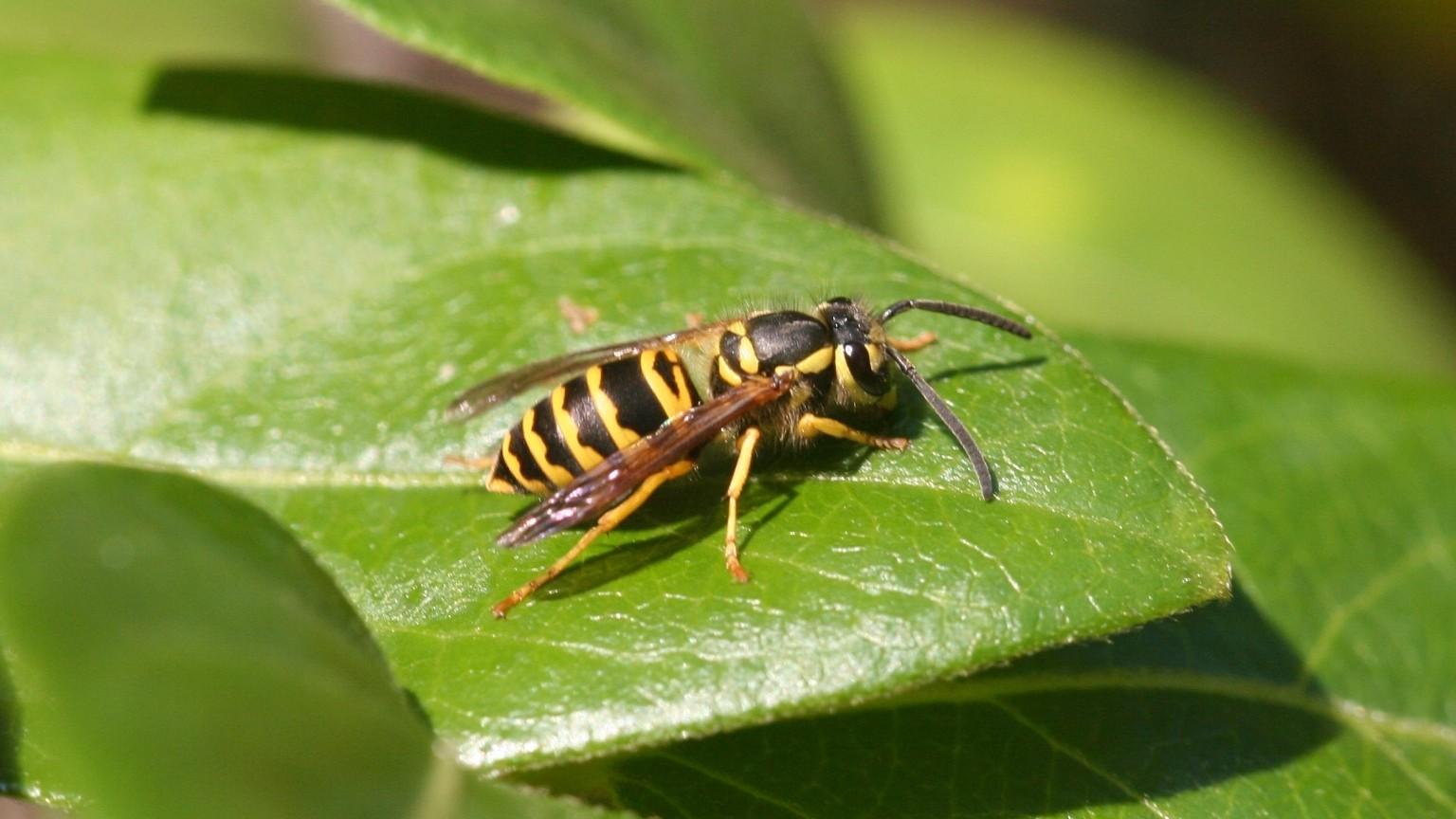
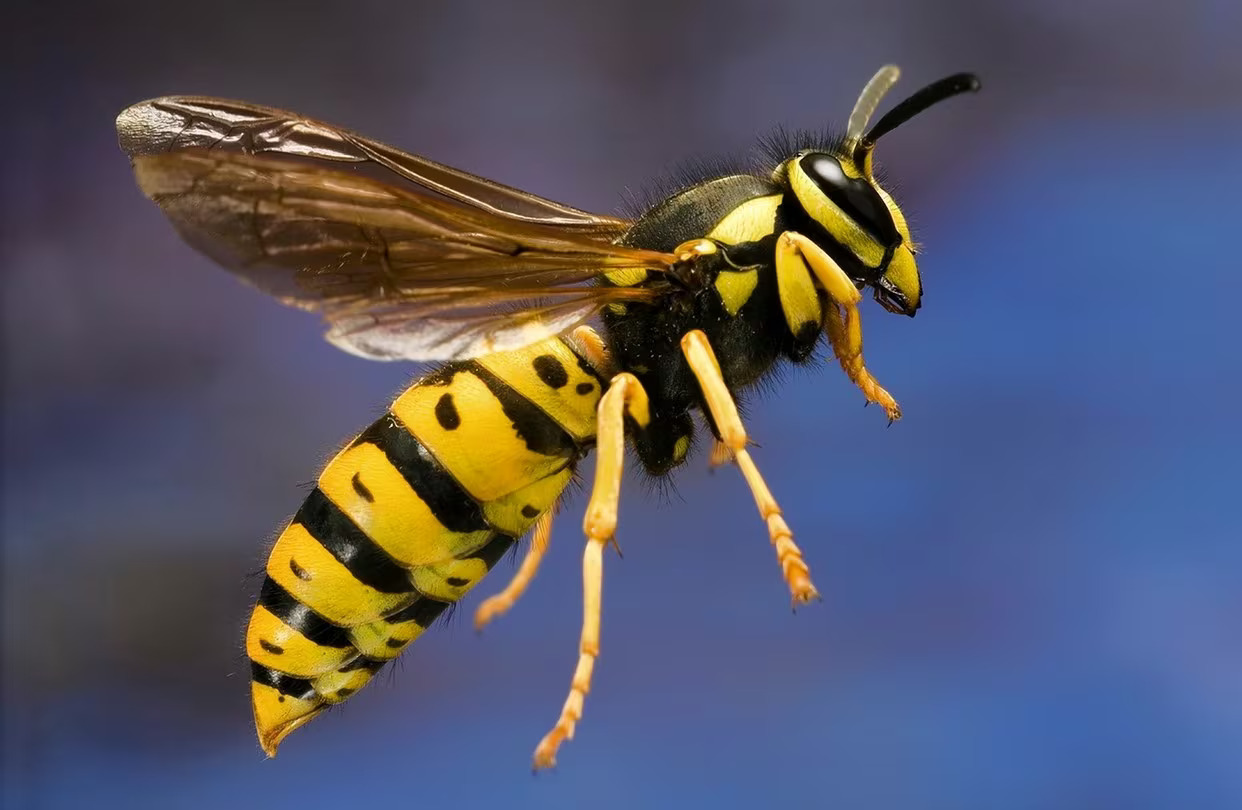
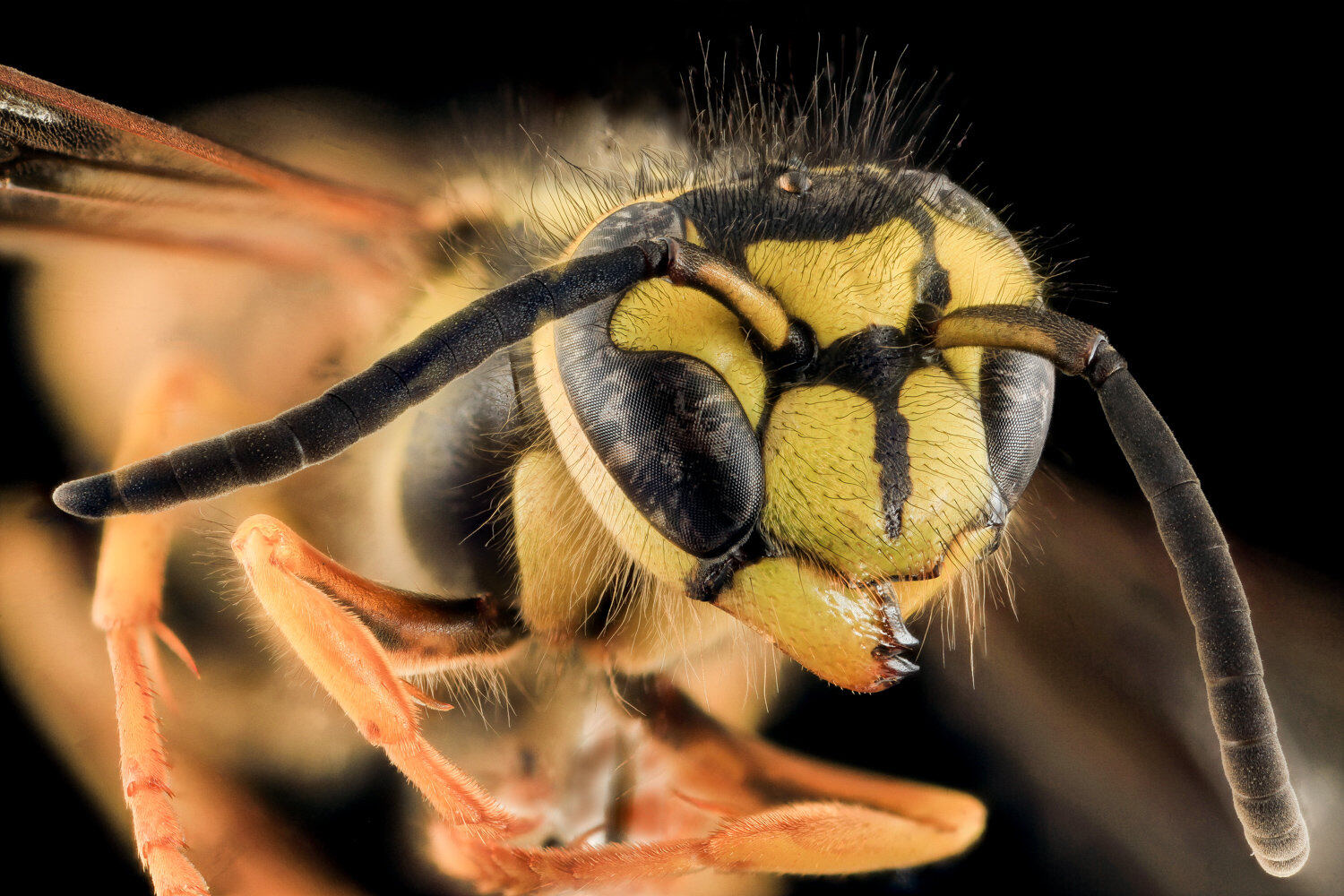
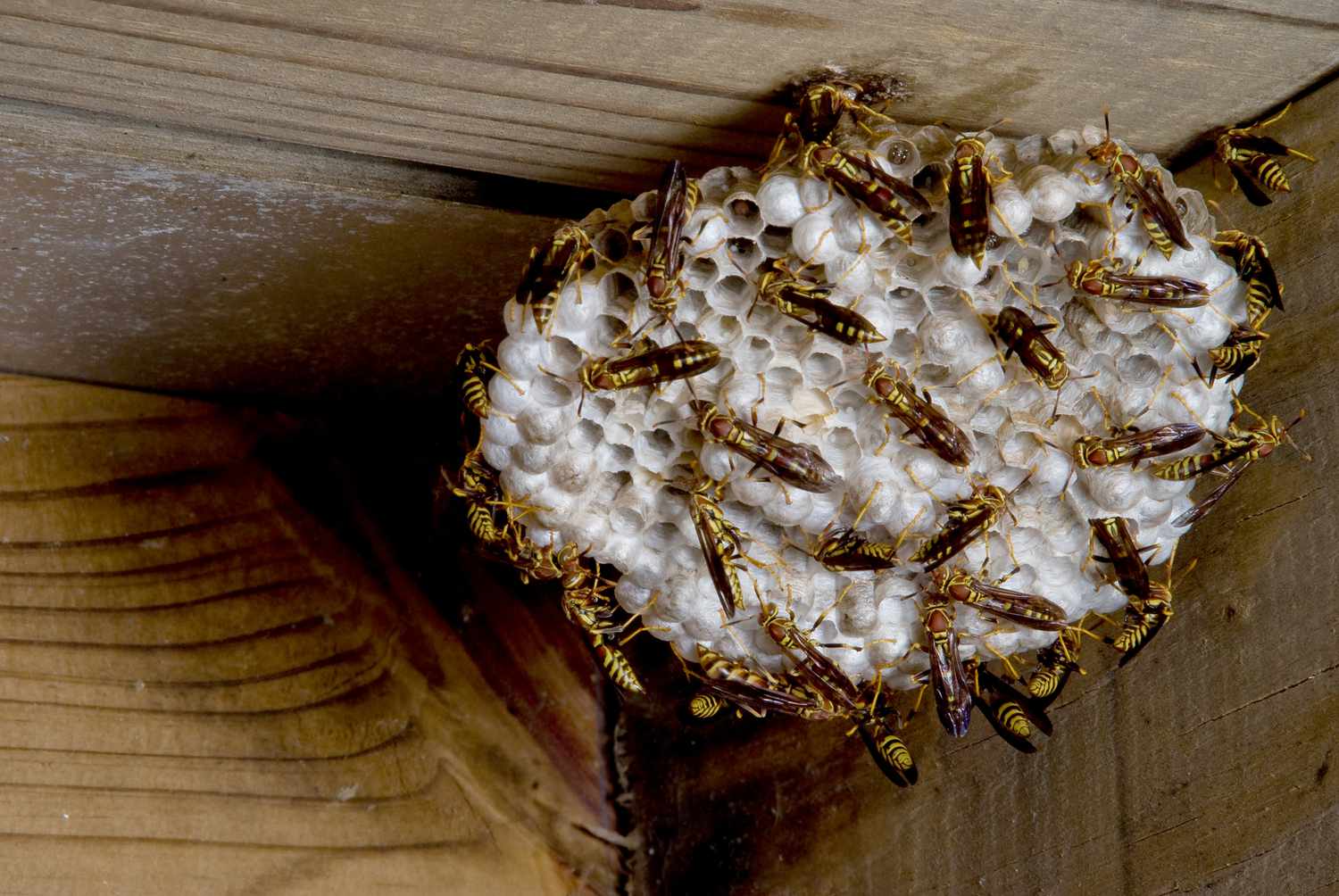
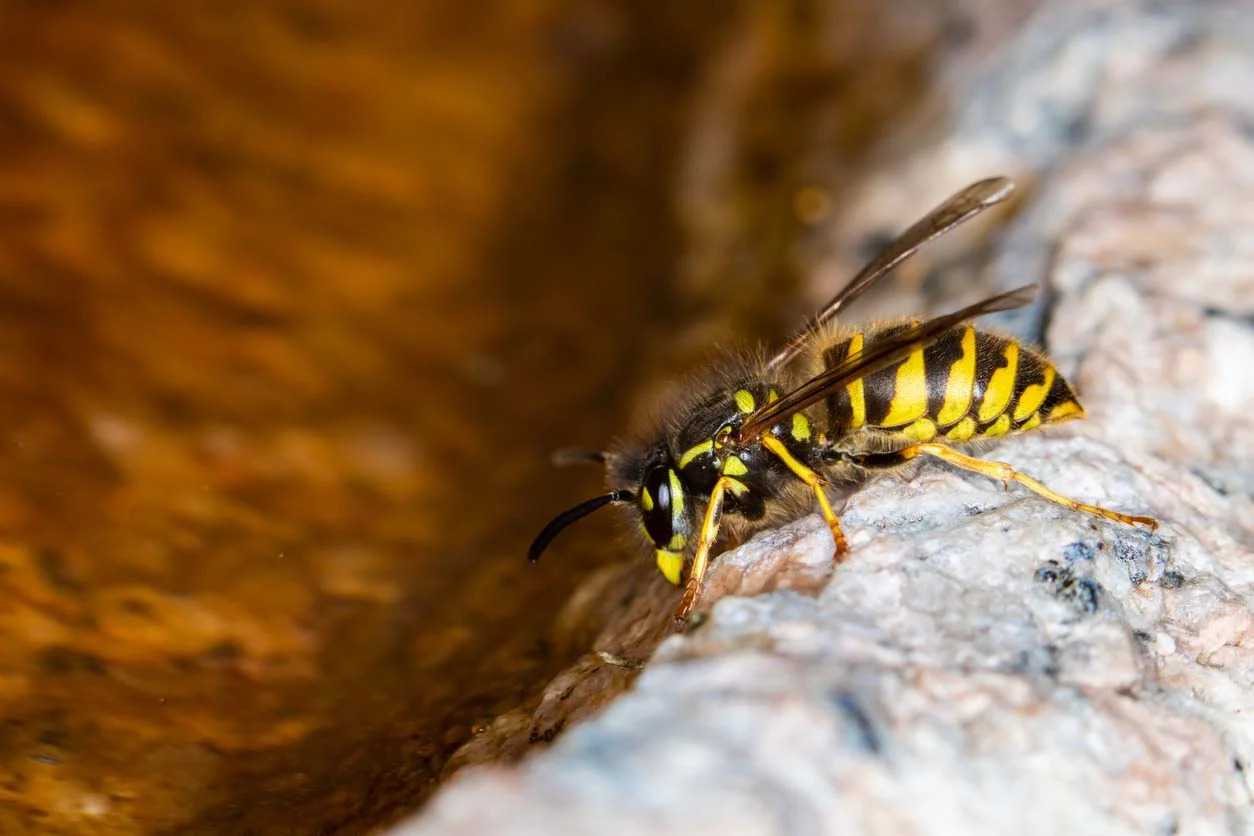
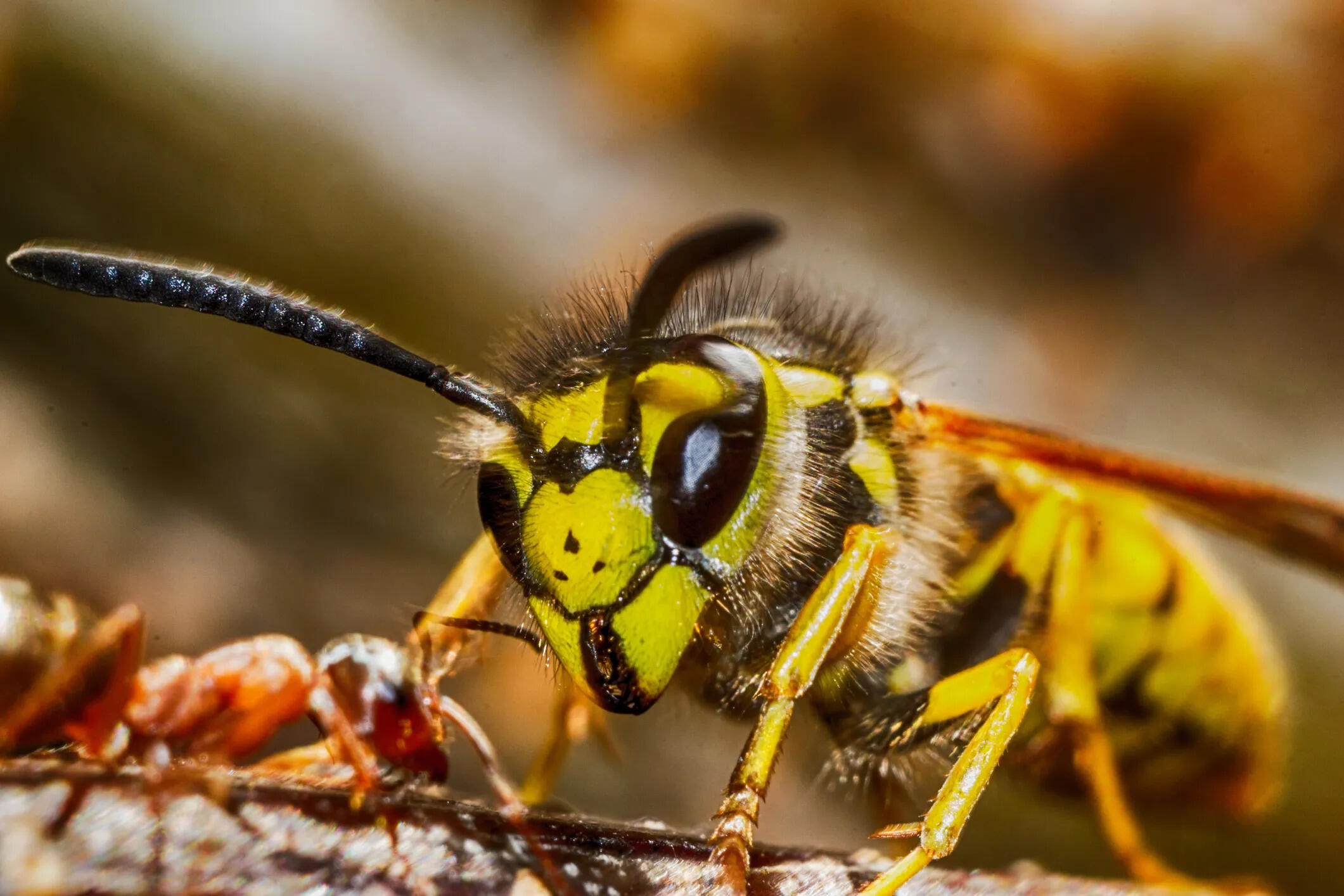
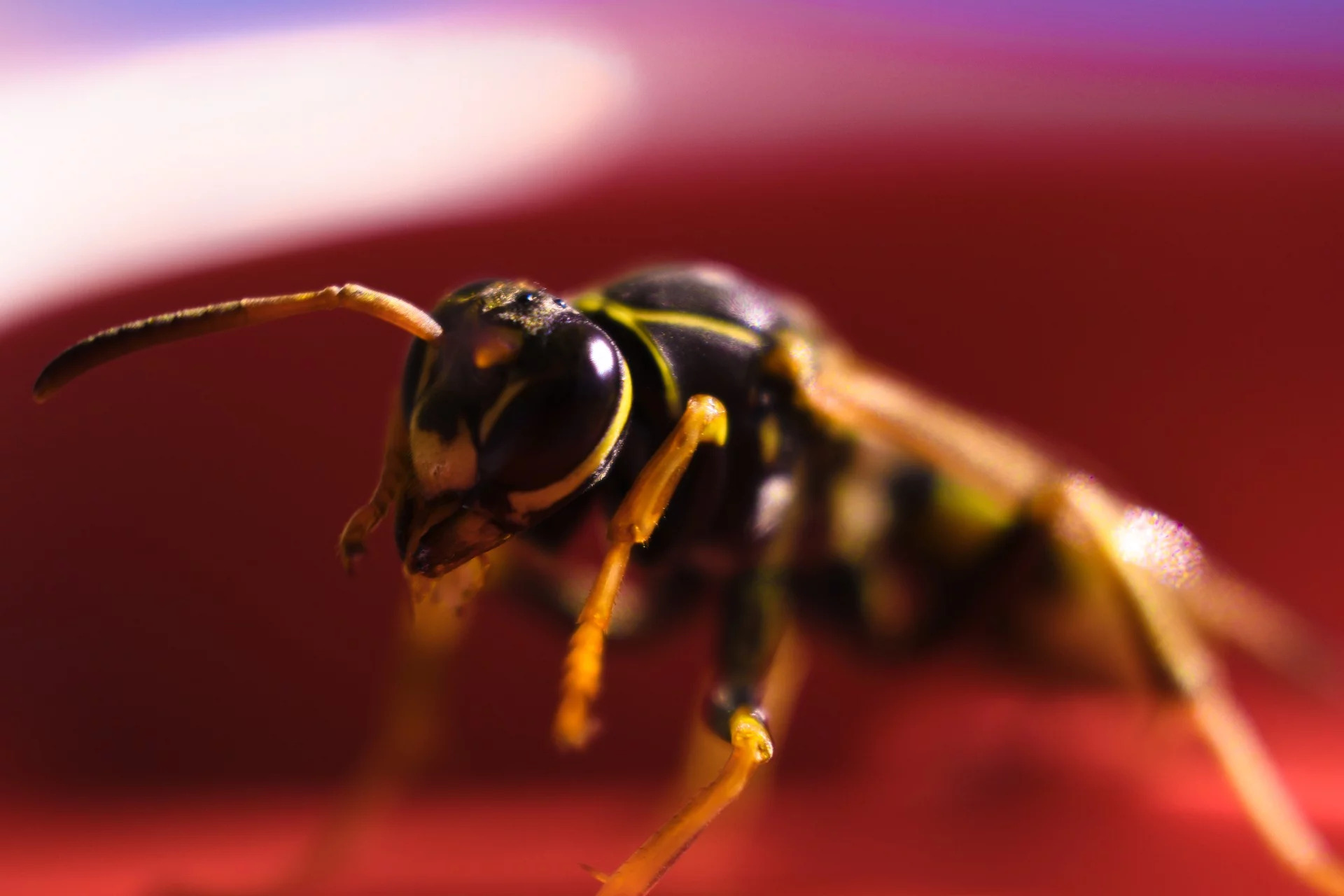
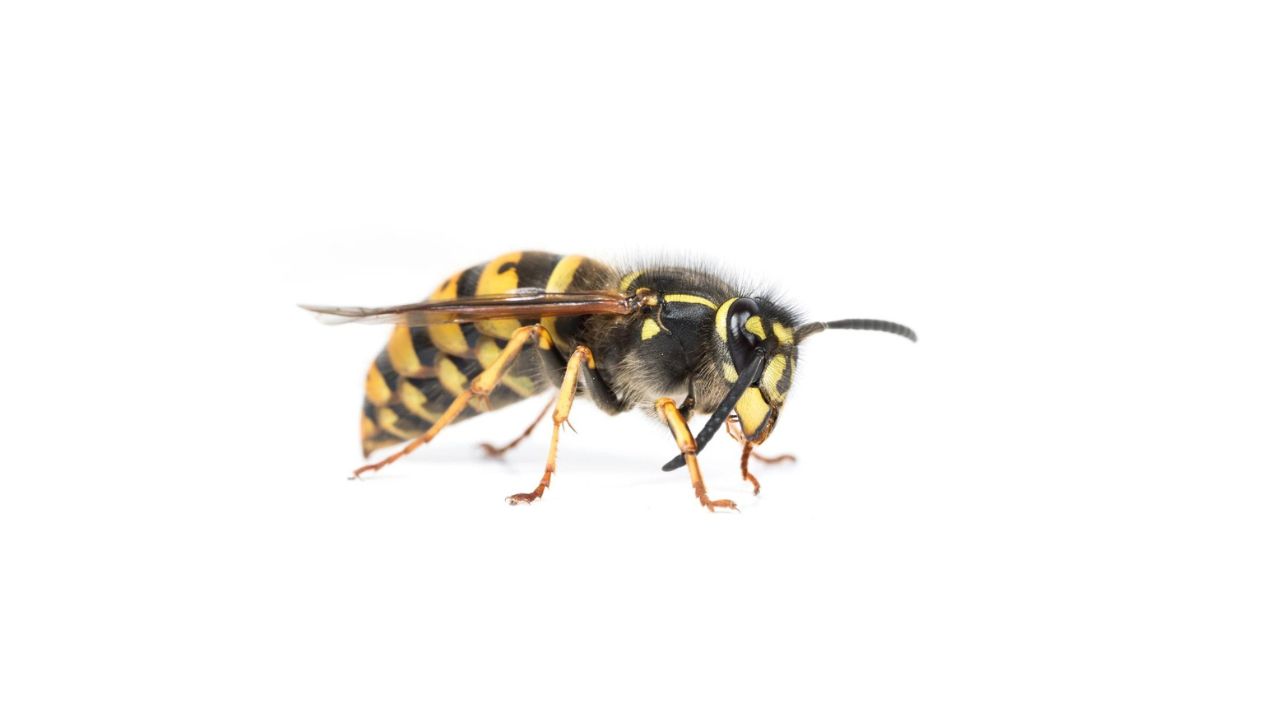
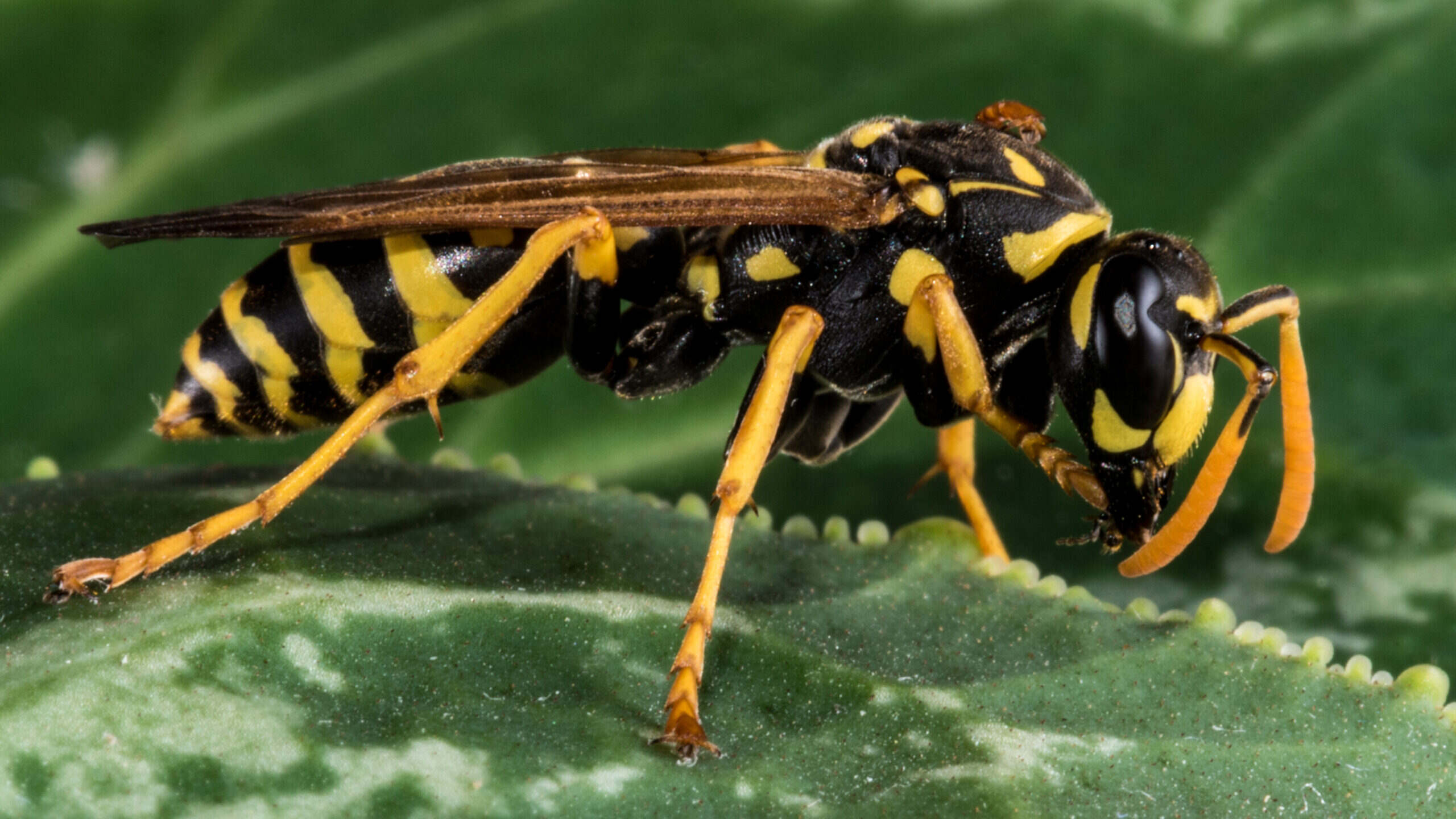
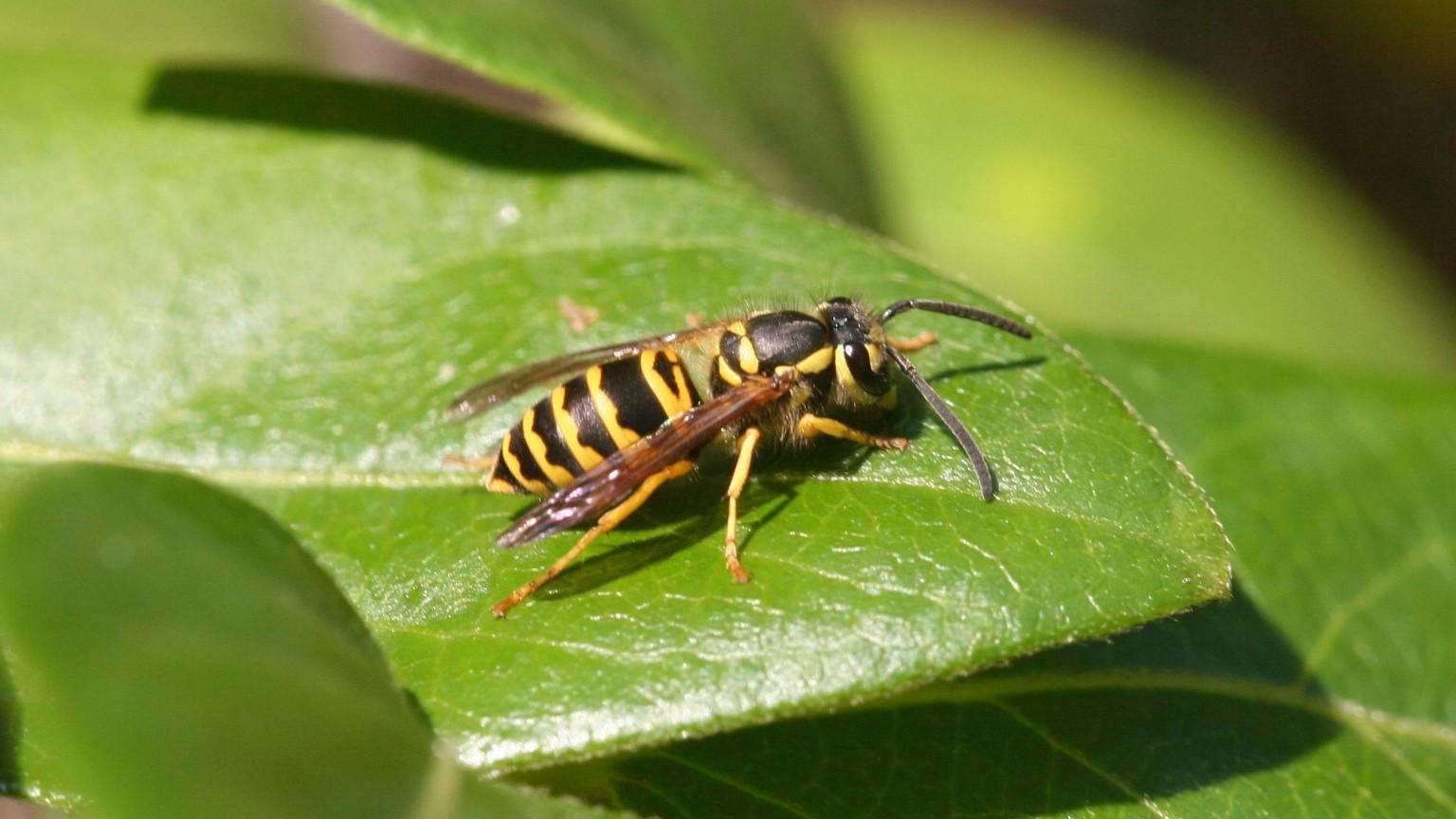
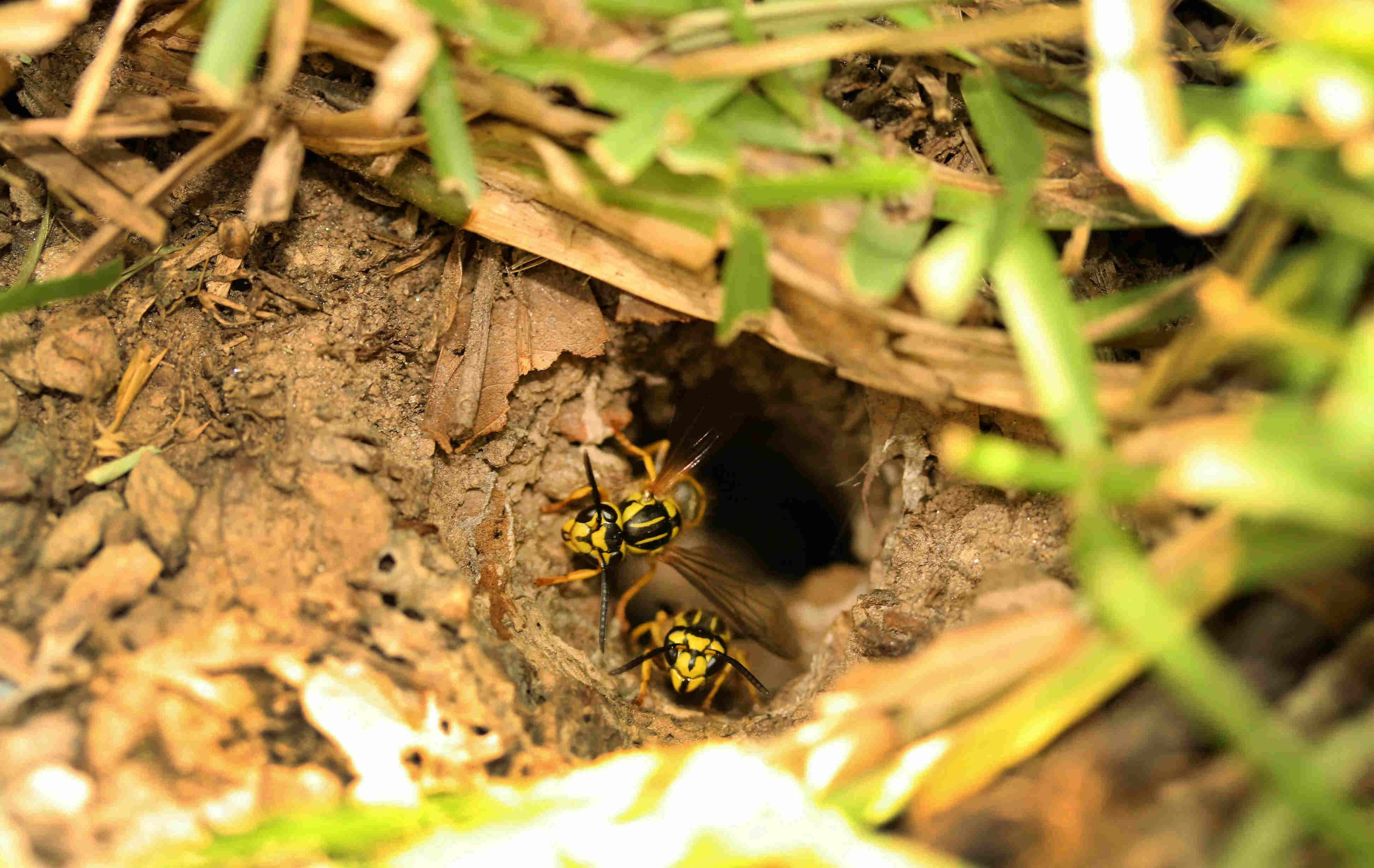
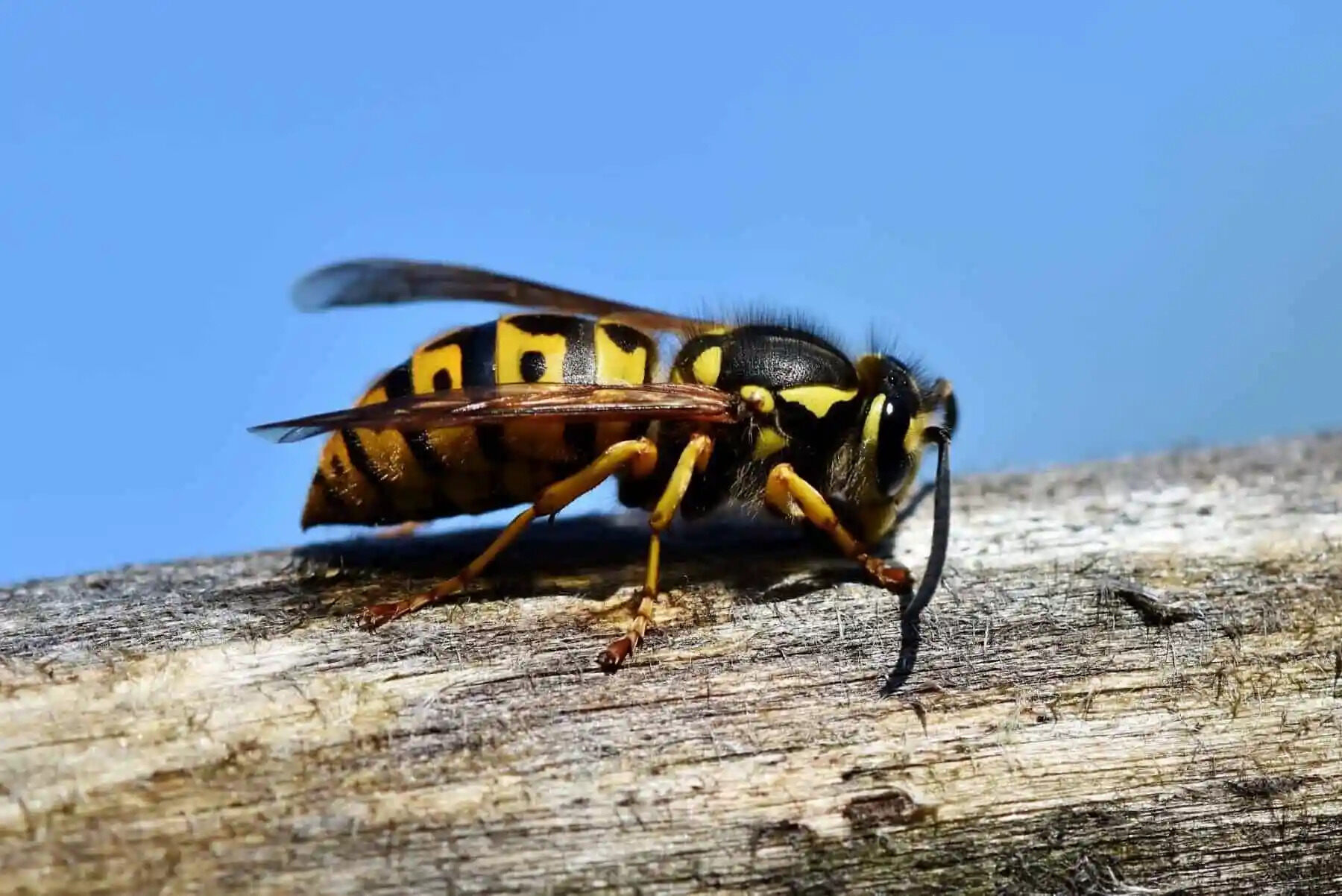
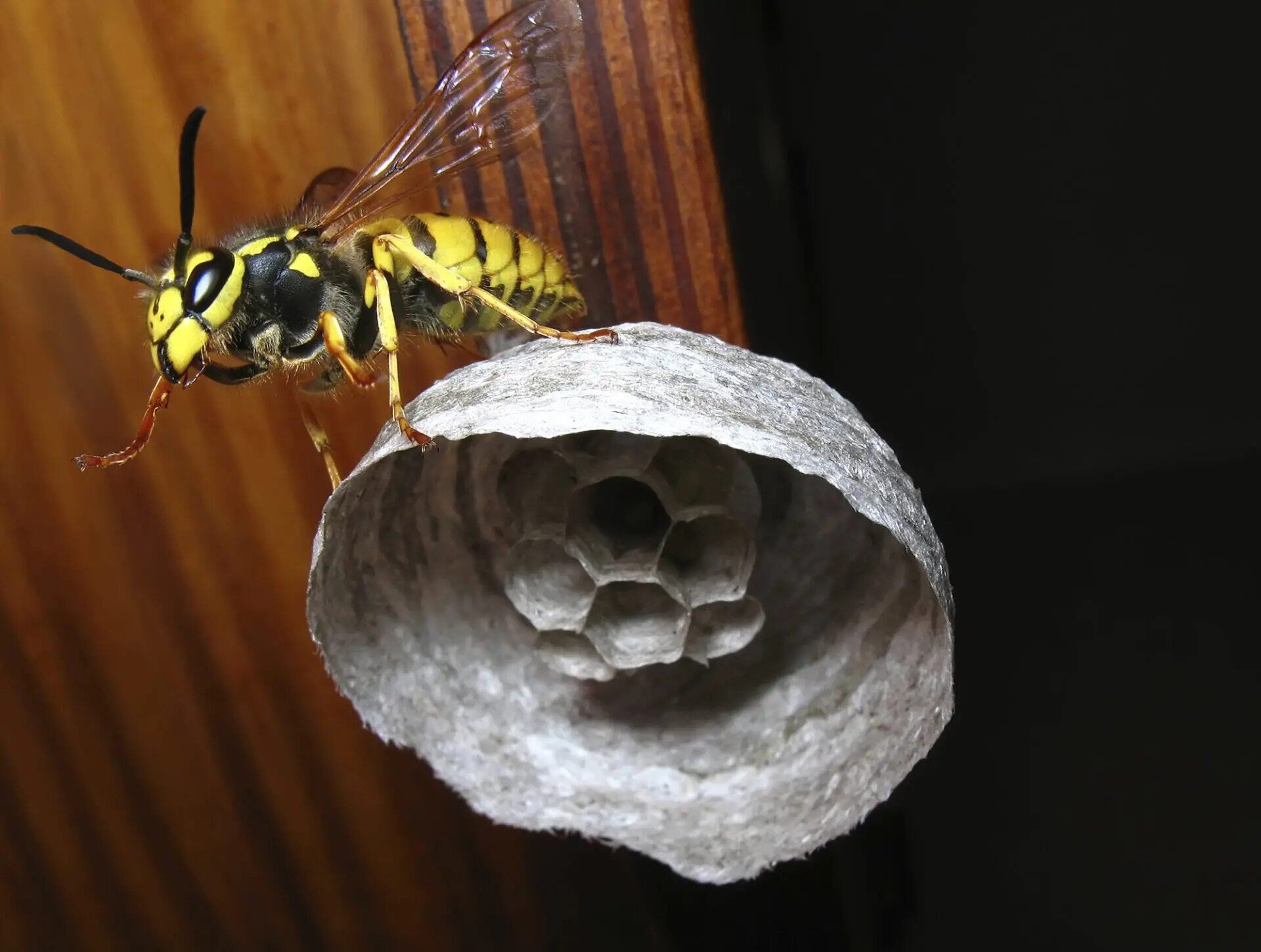

0 thoughts on “How Harmful Are Yellow Jackets?”